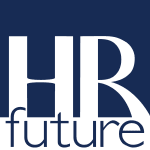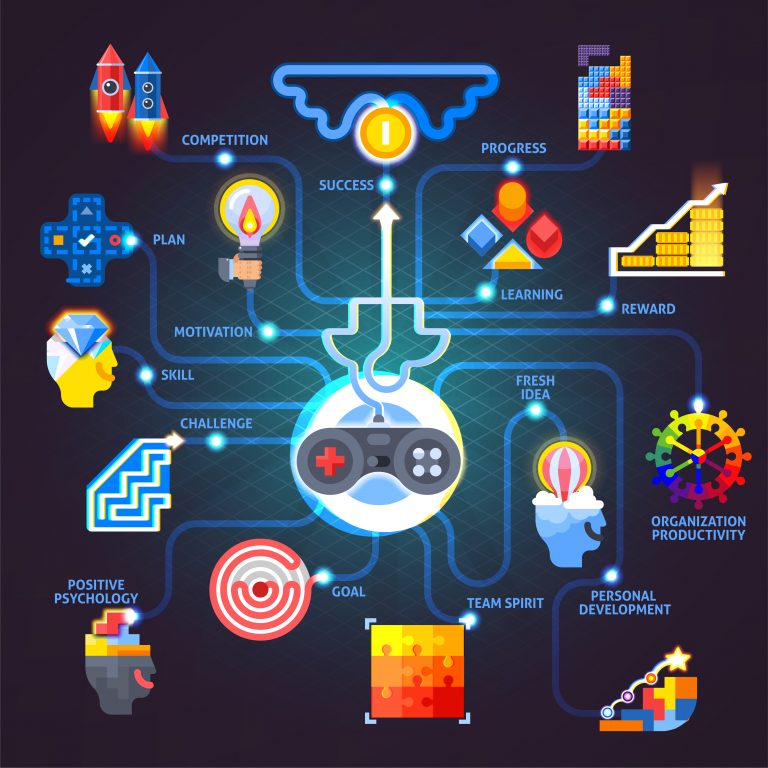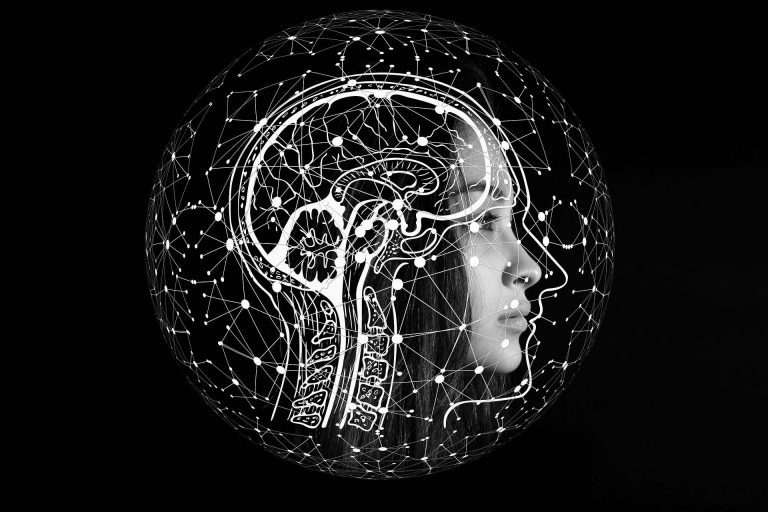In an increasingly competitive landscape, the role of Human Resources (HR) is evolving rapidly. No longer confined to managing payroll, hiring, and disciplinary actions, HR departments are becoming strategic partners in their organizations. As companies seek to maximize efficiency, automation stands out as a vital tool for streamlining HR processes. This evolution not only enhances productivity but also significantly reduces the workload of HR professionals.
How Automation Works in HR
Automation in HR relies on advanced software systems, artificial intelligence (AI), and data analytics tools to perform tasks that would typically require manual input from HR professionals. These systems are designed to handle repetitive, time-consuming tasks like managing payroll, scheduling interviews, processing employee records, and tracking compliance. According to the TalentNeuron team, by integrating automation into HR functions, companies can utilize algorithms to analyze large sets of data, identify patterns, and make predictions.
For example, an applicant tracking system (ATS) automatically screens resumes for keywords that match job descriptions, helping HR teams identify top candidates faster. Similarly, automated learning management systems (LMS) can schedule training, send reminders, and track progress without any manual intervention. The real-time processing power of these systems ensures that HR departments can work more efficiently, reduce errors, and focus on higher-value tasks, all while ensuring a smooth, consistent experience for employees.
Reducing Administrative Burden through Automation
Administrative tasks in HR, such as record keeping, benefits management, and compliance tracking, can be overwhelming. When professionals spend countless hours on these routine duties, they have less time to focus on strategic initiatives like employee development and engagement. Automation provides tools that can handle these tasks efficiently, enabling HR staff to devote their efforts to areas that contribute significantly to business success.
Automated systems streamline every phase of the employee lifecycle. From onboarding to performance evaluations, automation facilitates a seamless experience for both employees and employers. This reduces the workload on HR staff and creates a more engaging work environment. Moreover, automated notifications and reminders ensure important deadlines are met, thereby enhancing accountability across the board.
Enhancing Recruitment Processes with Automation
Recruitment remains a critical function for HR teams, and automation plays a pivotal role in optimizing this process. With the recruitment landscape becoming more competitive, employing advanced tools can make all the difference. Research indicates that organizations using an applicant tracking system (ATS) can reduce time-to-fill roles by up to 40%. Using tools like AI-driven sourcing solutions enables HR professionals to identify talent more efficiently. For example, platforms that analyze candidate profiles and match them with job requirements can significantly enhance hiring speed and accuracy. By integrating such solutions HR departments can automate repetitive tasks, allowing them to focus on building relationships with potential hires instead.
Streamlining Employee Engagement and Communication
Automation is not just about cutting down on workloads; it’s also about improving employee engagement. Communication platforms that automate updates, training reminders, and feedback requests create a more connected workplace. When employees receive timely information and recognition, they are likely to feel more valued and involved.
Effective feedback systems powered by automation can help organizations measure employee satisfaction regularly. By using automated surveys, HR teams gain insights into the needs and desires of their workforce. This information can inform strategies aimed at enhancing employee engagement, retention, and overall workplace culture.
The Role of Data Analytics in HR Automation
Data-driven decision-making is an essential aspect of modern HR practices. Automation in HR typically integrates data analytics tools that enable real-time insights on key metrics, such as turnover rates and recruitment efficiency. By leveraging this data, HR professionals can analyze patterns and identify areas for improvement more effectively.
For instance, predictive analytics can forecast turnover risks, allowing HR managers to implement proactive retention strategies. Emphasizing this data-centric approach streamlines decision-making and supports the alignment of HR strategies with organizational goals. In turn, it fosters a culture of continuous improvement within the HR framework.
Automation in Compliance and Risk Management
Compliance management is often a daunting task for HR departments, particularly with constantly evolving regulations. Automation simplifies this process by ensuring that policies are up-to-date and that employees are informed of any changes. Furthermore, automated compliance systems can regularly conduct audits, reducing the manual effort involved in maintaining regulatory standards. By implementing automated systems, organizations minimize the risk of non-compliance penalties, which can be substantial. Such systems not only safeguard against legal challenges but also promote a culture of accountability and transparency.
Training and Development via Automated Systems
Employee training is another area where automation can provide significant benefits. Automated Learning Management Systems (LMS) allow for a personalized approach to employee development. Such systems can deliver tailored training modules, track completion, and evaluate performance effectively.
These automated solutions can enhance engagement and retention in the learning process. With the ability to continually assess learning outcomes, HR can better align training programs with organizational goals, ensuring that employees acquire the skills necessary to excel in their roles. Notably, the convenience of accessible training materials fosters an environment of continuous learning and improvement.
The Impact of Automation on Employee Experience
Beyond streamlining administrative tasks, automation has the potential to vastly improve the overall employee experience. Automated systems can provide employees with personalized, real-time updates on benefits, performance, and professional development opportunities. For instance, automated platforms can send tailored learning suggestions based on an individual’s career progression or offer instant feedback following performance evaluations.
This level of personalization fosters a sense of growth and belonging within the organization. Automation also reduces the need for employees to chase down information or wait for HR to respond to routine queries. With quicker, more accurate responses, employees are empowered to take control of their own development and well-being, resulting in a more engaged and satisfied workforce.
The future of HR undeniably hinges on the integration of effective automation strategies. By automating routine tasks and processes, organizations can significantly reduce workloads while maximizing operational efficiency. From improving recruitment strategies to boosting employee engagement and ensuring compliance, automation is reshaping how HR departments function. As technology continues to evolve, companies that adopt automation early will have a distinct advantage in remaining competitive.
The next generation of HR practices will be driven by data, predictive analytics, and AI, making it possible to not only respond to organizational needs more swiftly but to anticipate challenges before they arise. Embracing these innovations will not only optimize HR functions but will also contribute to a more agile, responsive, and effective workforce. As automation becomes further ingrained in HR, it will be key in shaping the workplace of tomorrow, leading to greater organizational success and employee satisfaction.
Allen Brown is a dad of 3 kids and is a keen writer covering a range of topics such as Internet marketing, SEO and more! When not writing, he’s found behind a drum kit.




























